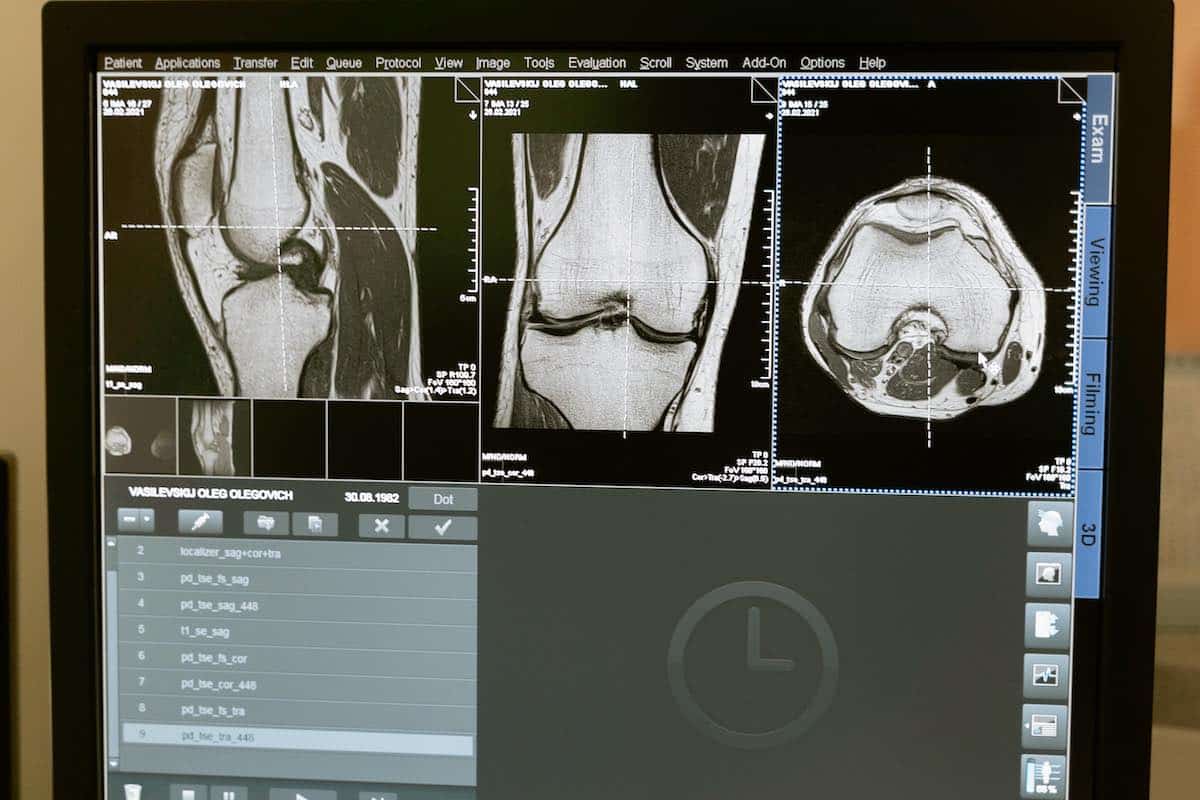Enterprise Imaging: Organizational Challenges and Lessons Learned

In wrapping up this series addressing Enterprise Imaging (EI), we look at potential challenges that can arise when moving into a large, long-term program and how to address them.
As with any large undertaking, EI can also get caught up in various trappings that can befall a program or project. This blog focuses on some common challenges and also others that are more specific to EI.
Communication between the different groups is paramount. Clinicians, diagnosticians, technicians, and clinical and information technology operations all need to be included and heard. Having a coordinator who can interact and communicate with all groups is an invaluable resource and is someone who should be engaged as early as possible. The role of coordinator can be combined with the role of IT outreach person who is continuously interacting with clinicians and IT. Ideally this role is not added as an additional responsibility to a manager who could be subject to conflicting duties. They will need to possess excellent communication skills and solid understanding of clinical workflows, as well as insight into the EI structure and environment. Leadership and a skilled coordinator can create a culture of proactive support between the entities.
Strong communication among the stakeholders will also lead to better engagement in the process and ensure that as a group, the project team can successfully navigate employee turnover during the extended period for implementing EI across the organization. Communication will also be the best tool for winning over groups that may initially be suspect of the enterprise approach. Group engagement will also provide the necessary input to successfully redesign workflows that work for the daily user. Developing graphics and workflow documentation explaining the technical underpinnings of proposed solutions will assist in making technically complex understandable.
With the complexity of integrating many different applications, organizations will find that the devil is in the details. Having an in-depth understanding of how EI and Vendor Neutral Archives (VNA) can integrate with the ecology of systems supporting the existing imaging systems will benefit decision-making and ward off surprises. Vetting of systems can also eliminate surprises but need to be very detailed, e.g., ensuring that presentation layers and presentation states are maintained and display or validating deletions during live cycle management perform as desired, ensuring that DICOM fields are used according to NEMA standards.
Introducing EI does not come cheap; its cost-savings will accrue over time as workflow efficiencies pay off and when old specialty systems are replaced and no longer require data migrations. This will necessitate multiyear budget planning covering the initial capital costs for equipment, implementation and the ongoing operational expenses. Decisions for who has ultimate responsibility for the VNA and the data management should be made before the system is installed. This will also affect who will most likely carry the operational costs for its support. Bringing in the VNA as the long-term image repository may have impact on existing contracts with other vendors’ imaging support agreements and should be researched at the outset.
Technical considerations can make the process even more complex. If the organization, through mergers, acquisitions, and partnerships, has multiple patient identity domains, an Enterprise Master Patient Index (EMPI) will be needed. Similarly, some systems delivering images may not be capable of using the enterprise-wide tag naming for the images. In such instances having tag morphing capabilities built into the VNA become necessary to reconcile the differences between systems. Artificial intelligence (AI) is currently a hot topic and requested by many users. Requests should be carefully analyzed to determine if they make business sense and serve the patient better. AI with built-in biases can be more harmful than helpful and should be closely scrutinized and tested within the imaging environment. This Health Imaging article by Matt O’Connor looks at some of these considerations.
Check out an excellent summary of lessons learned during the implementation of VNA and linking to an existing PACS system by Hema Jayaram.
Herman Oosterwijk’s site, “What is Your Enterprise Imaging Strategy: Bottom Up or Top-down?,” offers a succinct blog on how different organizations have approached EI. Similarly, SIIM has published a white paper called, “10 Steps to Strategically Build and Implement Your Enterprise Imaging System.”
This series of posts addressed different aspects of moving into an Enterprise Imaging environment. However, there is always more information, knowledge and experience that cannot be condensed into a post or even a series of posts.
Each organization is unique and will have to navigate the process in their own manner. Most technical hurdles can be overcome; however, creating a winning solution for end users takes leadership and engagement. Careful planning can avert costly mistakes, and our team at Impact Advisors can help create and implement a strategy for a successful EI rollout.
Related content:
Enterprise Imaging: What is It and Why Have It?
Enterprise Imaging: Answers to Fundamental Questions
Enterprise Imaging: Governance, Strategy and Resources
Enterprise Imaging: Vendor Neutral Archives
Enterprise Imaging: Data Quality, Migration and Management
Enterprise Imaging: Enterprise Viewers and Image Sharing
Enterprise Imaging: Getting Organized and Collecting Data
























